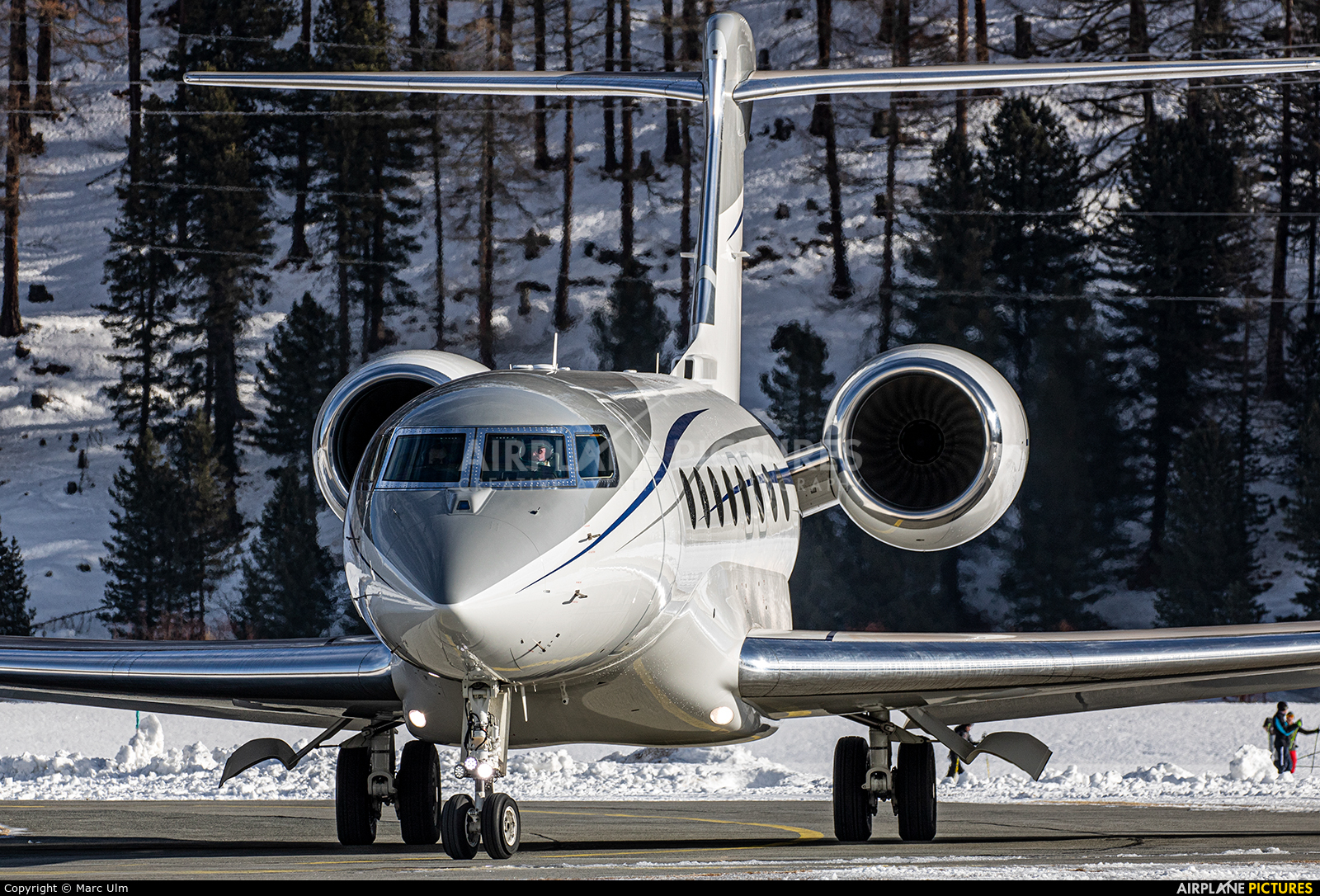Inside A Airplane - A flight attendant speaks in the nearly empty cabin of a Delta Air Lines flight operated by SkyWest Airways amid concerns over the coronavirus on a flight from Salt Lake City, Utah, U.S., April 11, 2020. (Photo by Reuters)
Jet makers and airlines have embarked on an urgent attempt to reassure restless passengers that the air they are breathing on board is safe, in what they say is crucial to rebuilding a tourism industry slammed by the coronavirus.
Inside A Airplane

Boeing has appointed former engineering and development chief Mike Delaney to lead a broader effort to build trust, and Airbus leaders say the industry is moving from an initial crisis phase to building public confidence. Among other things, this has inspired a concerted effort to explain how cabin air filtration works, to dispel the myth that pressurized airframes contain only static or recirculated air.
Woman Self Isolates In Plane Toilet For Five Hours After Covid Positive Test Mid Flight
Turkish Airlines CEO Bilal Ekşi also took to Twitter earlier this week to allay fears and announce new safety measures. Ekşi stated that carry-on luggage, passengers not wearing masks and queuing would not be allowed, stressing that the filtration system used in the cabin is of hospital quality and provides effective sanitary conditions.
Health officials are still measuring the various sources of transmission of COVID-19, the disease the virus causes, but are focusing on the risk of catching the virus from airborne droplets from touching infected surfaces and from travelers coughing or sneezing.
The air travel industry has historically talked more about seat recline than air quality. This had to change due to the pandemic.
"It's to explain broadly what we do for passenger safety: aircraft safety, but also health safety," said Airbus engineering chief Jean-Brice Dumont.
This Toronto Escape Room Puts You Inside A Plane That's About To Crash And It's Intense
In an office building, there are approximately four air changes per hour. In modern jets, this is 20 to 30 times higher.
"The air system on an airplane is as good as anything you're going to touch," Delaney said. Air circulation is just one of several techniques to reduce the likelihood of the virus spreading onboard, including careful cleaning of planes and screening of passengers for signs of illness.
In most cases, compressed air is delivered from a clean part of the engine (not polluted by added fuel) to the air conditioning package, and from there to the fan on top of the cabin. Both planemakers say the air in the cabin flows downwards rather than lengthwise along the fuselage, reducing the risk of infection. Half of the air is then recycled through a hospital-grade HEPA filter designed to remove approximately 99.97 percent of pollutants, including viruses. The other half is discharged through the valve.

Aircraft manufacturers say cabin air is refreshed every two to three minutes, but scientists warn that in reality the air is always a mixture. But the faster the speed, the faster the stale air will be diluted.
How Do American, United And Delta Clean Their Airplanes Amid Covid 19
Professor Byron Jones of Kansas State University, who helped recommend the air standard, said: "In terms of the rate of change of the air, the air is spinning very, very quickly in the airplane. From that perspective, the airplane system is very good."
"The biggest challenge you have on an airplane is extremely high passenger density. You put a lot of people in a small space and you have to suck in a lot of air in there to ventilate that space to maintain air quality," he said.
The U.S. Centers for Disease Control and Prevention said the virus spread from person to person in close contact or within a distance of less than 1.83 meters (1.83 meters), an infection about half the width of many ship cabins.
Airflow over such a short distance is said to be the most unpredictable. Passengers have some control through individual air outlets in each seat, called "gaspers." On average, turning them "makes things a little bit better, but it doesn't guarantee it," Jones said.
Airplane Seat And Window Inside An Aircraft With View On Sea Stock Photo, Picture And Royalty Free Image. Image 18758129
Despite being filtered, the precise blast of air can push nearby virus particles into a passenger's face in a worst-case scenario. On the other hand, the air shower can play a positive role in restricting the lateral movement of air.
Faced with these problems, Boeing and Airbus commissioned engineers to study seat-to-seat airflow using the same advanced physics in wing wind tunnel testing.
"We're actively running simulations to see if we can recommend something for individual jets," Dumont said.
The specter of in-flight pollution dates back at least to the 2003 SARS epidemic, but no links have been confirmed.
Flight Attendants Use Secret Lights Around The Plane To Communicate
In March of the same year, a 72-year-old man who was also infected with the SARS coronavirus flew from Hong Kong to Beijing. At least 22 of the 119 passengers and two crew members later contracted the disease. It was the only case of significant in-flight transmission, but led to measures to prevent sick passengers from boarding.
This brake-to-brake approach should be part of a strategy to keep the new virus out, Delaney said. In the future, research into technologies such as UV cleaning systems and antimicrobial materials may join the fray.
You can unsubscribe at any time. By signing up you agree to our Terms of Use and Privacy Policy. This site is protected by reCAPTCHA and the Google Privacy Policy and Terms of Service apply.
Inside a 777 airplane, inside a 747 airplane, inside a delta airplane, inside airplane sound effects, inside a first class airplane, airplane inside parts, inside a southwest airplane, inside of a delta airplane, inside a commercial airplane, qatar airplane inside, inside of a southwest airplane, inside airplane wallpaper



















